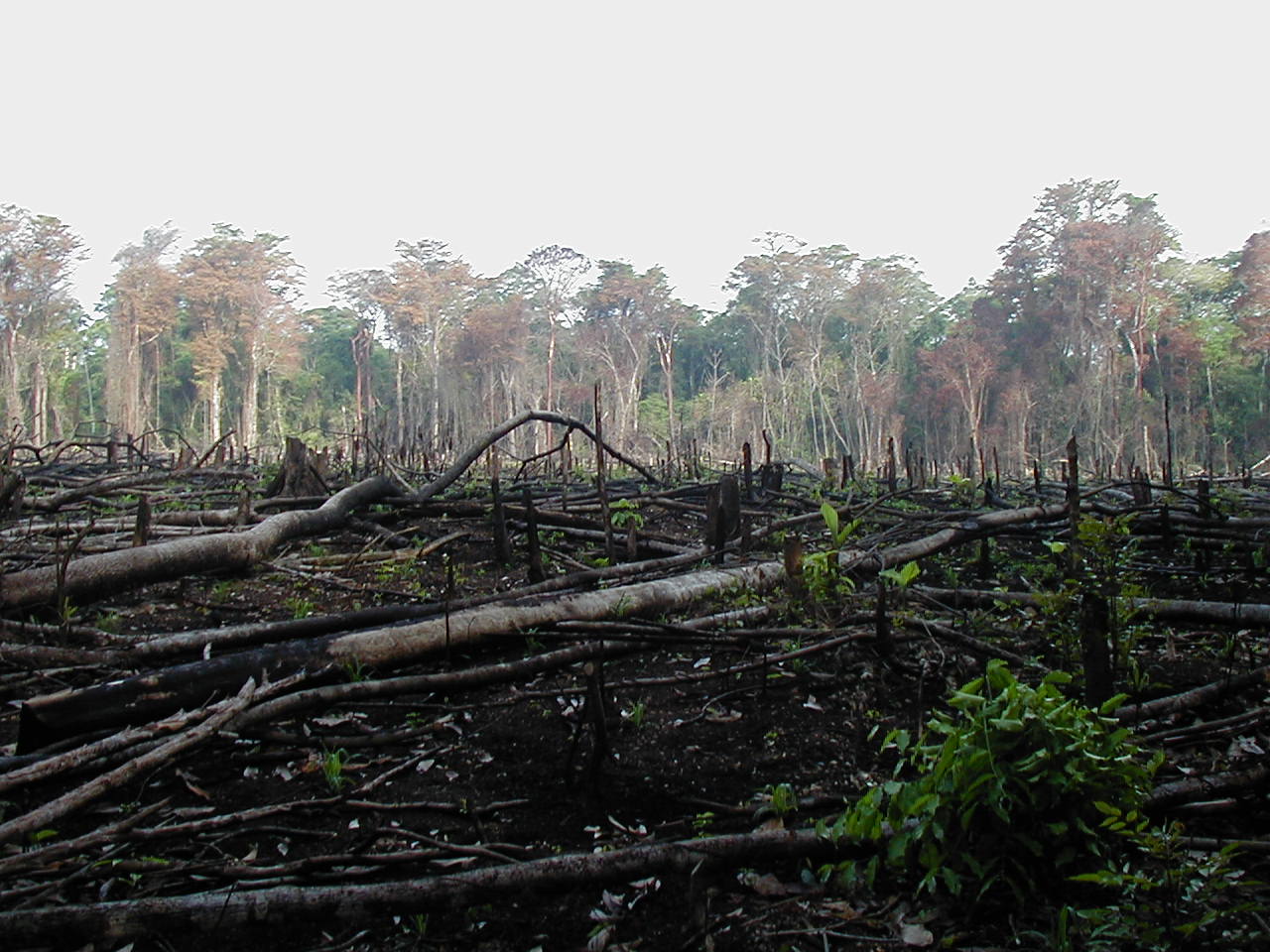By: Wincy Yu, Biological Sciences, ‘17
Author’s Note:
In light of climate change and environmental talks among world leaders, as well as rising media attention for endangered species around the world, I realized that people were concerned about the consequences, but may not have paid attention to the underlying reasons. Inspired by an ecology class I took last year, I wrote this piece to discuss one of the reasons for climate change and ecosystem loss, which is deforestation.
Review:
Tropical forests play many roles in the world of ecology. They are important sources of primary productivity on land, and they foster biodiversity as a habitat by providing shelter and food to many animals. They also play a key role in the carbon cycle, as they pull out large amounts of carbon dioxide from the atmosphere to fuel plant growth [3]. In fact, tropical forests store over 340 billion tons of carbon in total, which is 40 times the total current worldwide fossil fuel emissions per year [2]. Therefore, it would be disastrous if all of that carbon were released through deforestation.
The release of carbon leads to climate change. As climate change is happening more quickly, there are more droughts and extreme weather conditions around the world. Deforestation also destroys habitats and reduces biodiversity in the area, which ripples through the different community interactions and affects ecological food web relationships [1].
One of the main reasons for deforestation is the conversion of forestland for agricultural purposes. Large areas of land are cleared for palm oil plantations, pulp and paper mill operations, and other agricultural uses. More than half a million square miles of new farmland, 80% of which comes from tropical deforestation, was created in the developing world from 1980 to 2000 [2]. In fact, it is happening more quickly because there are powerful industrial technologies used to clear land faster. Small-scale clearings may seem to have a smaller impact in the short run than large clearings because it allows time for the recovery of forests, but when combined, will actual have the same or even greater effects. As global human population is growing, the amount of resources, such as food and gasoline fuel, required to support the growing population is also increasing. This prompts even more deforestation, even though there are severe ecological and economical consequences.
There are ecological consequences when forest fires are used as a method to clear land for agricultural purposes. Animals, as well as nearby villagers, can develop respiratory infections due to haze from the fire [5]. Burning debris can also cause economical and environmental damage. Endangered species, such as orangutans and elephants, are forced to move away from damaged forests and toward areas settled by humans. This leads to conflicts between humans and animals, which further endangers those species as farmers and villagers hunt and capture them. The disappearance of forests as a habitat disrupts the food web and leads to losses in agricultural production. For example, bees are important in pollinating apples, melons, onions, potatoes, tomatoes, and agricultural crops, but the burning of forests drives them away and ultimately decreases pollination and crop growth [5]. As global warming is causing more droughts and extreme weather such as El Niño, those droughts also cause natural forest fires that destroy seedlings and weaken the recovery of forests.
A potential solution to deforestation is afforestation, which is the effort to plant trees and create forests artificially [4]. This is helpful to preserve current natural forests, because these artificial forests can be used for commercial lumbering instead. It takes a shorter amount of time to create these forests, than for natural forests to recover its habitat and biodiversity fully. Even though it does take time for these artificial forests to grow as well, current technologies with improved fertilizers and agricultural techniques makes afforestation more effective.
Sources
[1] Kim, Sexton, Townshend. 2015. Accelerated Deforestation in the Humid Tropics From the 1990s to the 2000s. American Geophysical Union.
[2] Bergeron, Louis. 2015. Most New Farmland Comes From Cutting Tropical Forest, Says Stanford Researcher. Stanford News.
[3] Mooney, Chris. 2015. Tropical Forests May Be Vanishing Even Faster Than Previously Thought. The Washington Post.
[4] Gupta, Atula. 2010. Afforestation: Meaning, Importance and Current Efforts. Bright Hub.
[5] Cochrane, Joe. “Indonesia’s Forest Fires Take Toll on Wildlife, Big and Small.” The New York Times. The New York Times, 30 Oct. 2015. Web.

